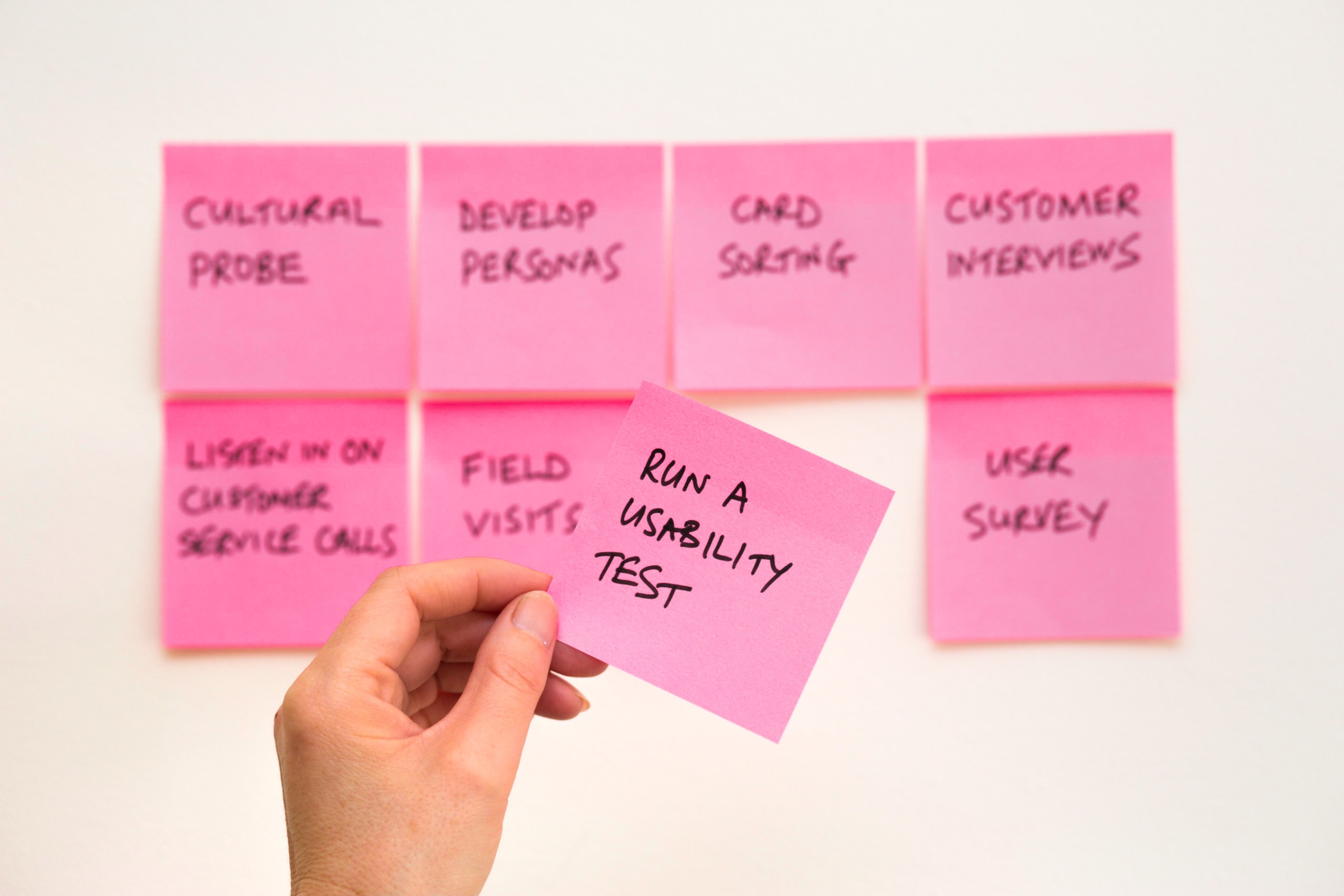No doubt you've noticed, it's "Accessibility Week" this week! And, in a year in which everyone works, shops and makes (video) calls from home, the theme is very appropriately focused on "digital accessibility". However, sometimes "digital accessibility" still remains an abstract principle. A technical story or "something for your supplier to solve" perhaps? No technical tips in this article, time for some practicality!
Digital accessibility ensures that everyone can fully use your website, even if your visitor lives with a disability. Such a disability can take many forms: a visual impairment, limited reading skills or an intellectual disability. But it can also be temporary because someone has a broken arm, for example.
So how accessible is your site?
You have a (new) site and I assume you have worked hard on it. The supplier has tackled the technical part and carefully followed the WCAG 2.1 guidelines. Of course, you have spent tens, if not hundreds, of hours on the site to write all the content and create pages. The navigaitonal structure is embedded into your brain and you can wake up in the middle of the night and tell me exactly how to get to that one special page.
All kinds of technical solutions have been applied to ensure that all your visitors can use your website. You've come up with beautiful designs and also made visual information accessible to users of so-called screen readers and Braille reading rules. But does it really work? Does all of it really help people?

Usability testing helps!
Did you also take the time to test your website? Not just by yourself or your team, but to be tested with real actual visitors, people unfamiliar with your website? In addition to all kinds of great data and insights you get from so-called user research or Usability Testing, it also gives you valuable information about the accessibility of your website!
You are diving deeper than whether a picture has alt text and everything can be operated with a keyboard. You will gain insight into how a "layman" deals with your website and the information within. You might know it inside and out but how will they deal with the content and structure you've put into it?
Setting up usability research
In this type of research it is important, and very valuable, to set up a widely varied test panel.
When drawing up your test panel, take a good look at your target audiences, who is your information ment for? What are the main goals you want to achieve with your website? These answers might be straightforward, but often also depend on your website and content. For example, not every website has video or audio content.
When drafting your panel you can think of variations such as:
- target audience
- age
- various forms of disabilities like:
- blindness
- reduced vision
- color blindness
- Hearing disabilities
- Cognitive disabilities
- Motor disabilities
You will also have to take your testing location into account of course. Is it easily accessible? Does the test panel have the right tools available, especially if there is a disability? Perhaps it is better to take the test at someone's home?
In order to actually perform the test, you will also have to set up a series of tasks that the test panel will use. These tasks are based on your main goals. For example when A/B testing a control task should also be included.
People often come to your website with a specific goal. Keep tasks simple so that they are easy to remember. They should be general and abstract and try not to guide people in a certain direction or solution.
Get started!
My experiences tell me that people are more then happy to help you with testing. Especially when it focuses a social purpose and you clearly show that accessibility is very important to you.
You will learn a lot from this to improve your website and, if you take digital accessibility into account in advance, you will also see how your efforts pay off and contribute to a more accessible web for everyone. Happy testing!
